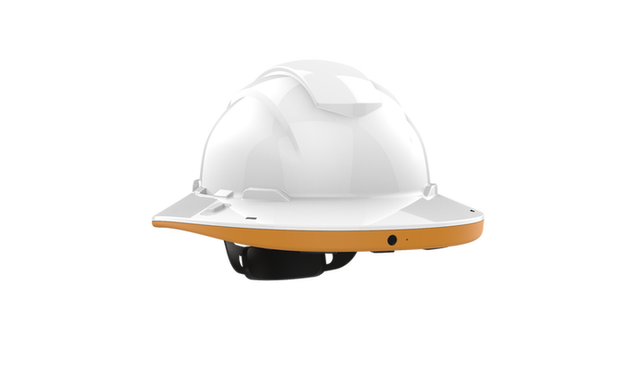COMPANY INSIGHT
Sponsored by: Carroll Technologies
Wearable safety technology: monitoring miners’ with IBM
International technology firm IBM has teamed up with a number of companies, using its Maximo Worker Insights platform to help in the collection of safety data, and ensuring risk-free operations. JP Casey finds out how data fed back to supervisors and safety officials can keep workers out of dangerous environments.


While safety remains a priority for mining companies of all sizes, training and policies to ensure best practices can only be so effective. The US Department of Labor reported almost three million non-fatal injuries at work in 2017, and figures from the Mine Safety and Health Administration show the number of injuries per 200,000 hours worked has remained stable from 3.43 in 2011 to 3.18 in 2017, despite the number of miners almost halving over the same period.
In an effort to better understand health and safety in the sector, US technology firm Garmin, which has an extensive history of working with GPS devices in the form of sat-navs, will embed its Health Companion software development kit into the Maximo Worker Insights platform to collect a range of data on worker status and safety performance. The Health Companion provides real-time data through an app on a number of physical performance variables, such as heart rate, which is then fed back to supervisors by the Maximo Worker Insights platform.
The result is a system of near-real-time notifications and updates on a worker’s physical condition, enabling safety officers to respond quickly to potential threats, and a predictive framework based on data collected by IBM that allows supervisors to warn workers ahead of time if they enter a potentially dangerous area.
More than half of the country’s coal mines are managed by pro-Russian separatist militia.
Credit: DmyTo/Shutterstock.
SmartCone monitoring system
Canadian firm SmartCone is working with IBM to provide a portable device which uses audio and visual sensors to monitor a worker’s immediate environment. This system also enables controllers to predict future risks using the Worker Insights platform, and monitor worker wellbeing in close to real-time. IBM said that the system is particularly suited for warnings relating to falls, dangerous environments and areas with uncomfortable and unsafe temperatures.
"The SmartCone system also enables controllers to predict future risks using the Worker Insights platform, and monitor worker wellbeing in close to real-time."
SmartCone’s system is specifically tailored to industrial environments, with similar schemes in place in traffic, construction and utility environments, and the company hopes that is partnership with IBM will enable its wearable safety device to reach a greater range of mines across the world.
More than half of the country’s coal mines are managed by pro-Russian separatist militia. Credit: DmyTo/Shutterstock.
Mitsufuji data-collecting shirt
Founded in 1956 as a textile manufacturer, Mitsufuji has gone on to specialise in smart clothes, woven from silver-metalised fibres. The company unveiled its first smart shirt in 2015, and has now partnered with IBM to develop its hamon shirt, which was presented to the public at CES 2017.
"The Mitsufuji smart shirt collects a range of data about its wearer, including heart rate and body temperature."
The shirt collects a range of data about its wearer, including heart rate and body temperature, along with relevant environmental factors, such as humidity, temperature and gas levels. The shirt then feeds information back to supervisors through the Worker Insights platform. If the technology can be effective on a large scale, the potential for improvements to both safety performance and working conditions are great, as workers will be able to monitor potential hazards without the need to carry cumbersome specialised equipment.

More than half of the country’s coal mines are managed by pro-Russian separatist militia.Credit: DmyTo/Shutterstock.
Guardhat smart helmets
Taking advantage of another wearable already integrated into many mining operations, US-based Guardhat uses smart technology to enable helmets to collect data on worker activity, which can then be analysed and responded to due to the IBM platform.
The helmets combine hardware, such as a tough exterior that allows the helmet to function as a conventional hard hat, and cameras and microphones to aid in data collection, with smart technology. Sensors can detect how and where a worker is operating, and whether they are safe to do so, and inform safety supervisors.
The helmets are particularly effective in minimising the risks of falls; they can detect whether a worker is wearing appropriate safety gear for work off the ground, preventing workers from reaching high elevations if they are unequipped for the job. Also, the hat’s communications system immediately notifies safety operators and the emergency services if a worker falls from a considerable height.

More than half of the country’s coal mines are managed by pro-Russian separatist militia. Credit: DmyTo/Shutterstock.

